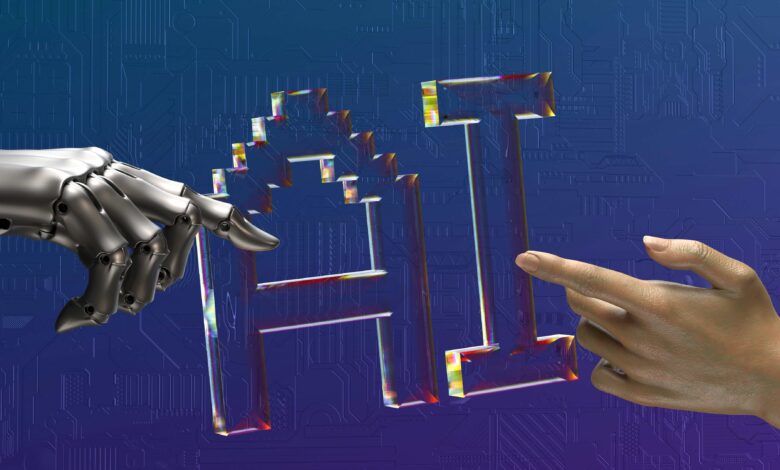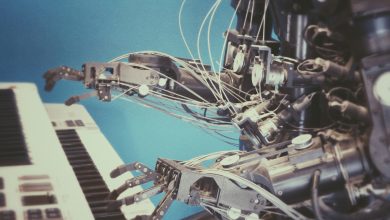
UK businesses are currently leading the charge when it comes to integrating AI across the workplace. As it stands, 93% of UK CEOs have adopted AI across their business compared to 83% of CEOs globally.
However, as generative AI continues to gain traction, simply implementing AI isn’t enough. A recent Atlassian study indicates that the majority (98%) of executives are concerned that their teams aren’t effectively using AI to eliminate silos. Additionally, a further (78%) of teams admit they are not maximising the use of AI to help them manage and discover information.
To ensure a company benefits from the use of AI, managers need to make sure that employees are using it in a strategic and collaborative way. So, how can AI be utilised in practice, not just as a tool, but as a collaborative teammate to unleash its full potential?
Welcoming AI agents to the team
AI agents already have the potential to transform how companies work. Working alongside human teams as dynamic collaborators, AI tools can tackle complex tasks while continuously learning to improve a team’s performance.
As AI agents evolve, they will integrate more deeply into workflows, offering ongoing support in decision-making, communication and problem-solving. Teams can, therefore, innovate in new ways by having agents handle increasingly specialised tasks and adapting to complex challenges. The result will lead to more streamlined operations, better outcomes and a deeper collaboration between human expertise and AI power. The question is, how do employees reach a point of seamless collaboration with AI?
Getting experimental with AI
Experimentation is the first step to seamless collaboration. To collaborate effectively with AI, managers need to establish a positive AI culture so that employees feel comfortable with AI experimentation. First and foremost, teams need safe tools to experiment with to ensure that no confidential data is being shared with third party tools by mistake. Managers also need to proactively encourage the team to take the time to explore and get to grips with new tools so they can actively improve workflows in the long run. Only then will individuals feel they have the room to fail, but ultimately learn, from using these new tools.
For example, managers can motivate their employees with regular challenges to gradually integrate AI into their work processes. This could include asking their teams to test two new AI agents or ask the AI specific questions about ongoing projects. Mistakes should not be seen as failures, but as valuable insights. This attitude motivates teams to embrace new ideas and see the benefits of AI experimentation.
A survey commissioned by Atlassian reveals these business benefits, as those who only use AI as an automated tool save an average of 53 minutes per day while those who treat AI as a strategic collaborator save up to 105 minutes per day. Utilising AI as a strategic partner, therefore, significantly improves overall productivity.
An employee’s confidence in AI will be shaped by their willingness to embrace the changes it brings to the workplace. Once it’s seen as a collaborative colleague, AI can better support employees in the workplace.
Sharing knowledge to enhance AI’s capabilities
One of the most effective methods of promoting the use of AI is the targeted transfer of knowledge within the company. Managers should encourage exchange between teams and create opportunities to share best practices. For example, regular workshops in which employees present their own experiences with AI can provide a platform for learning from each other and developing new application possibilities.
It is particularly effective when managers, themselves, set a good example. Sharing how they use AI in their own work and presenting concrete examples of AI agents that have improved their work inspires employees and creates a culture of collaboration between humans and AI.
Open communication not only promotes efficiency but also increases the willingness to use AI as a strategic partner.
Viewing AI as a collaborative colleague
Once AI has been experimented with and knowledge has been shared, employees can unlock AI’s full potential.
By viewing AI as a collaborative teammate, rather than a simple tool for specific tasks, teams become significantly more efficient. Research shows that strategically integrating AI into workflows can help teams achieve twice the return on investment (ROI) from their efforts. This shift in perspective not only enhances productivity, but also drives personal and professional growth, as employees are empowered to tackle more complex challenges with greater efficiency and creativity. When AI acts as a strategic partner, it fosters a more dynamic and skilled workforce. For example, AI could be used to analyse patterns in project data and provide suggestions for optimisation – or to find new ideas and improve internal processes.
Humans and AI – strong collaboration for the future
As AI evolves rapidly, it’s not just about understanding the basics; it’s about diving deeper in to how AI can automate and streamline processes, while empowering employees to focus on more creative and important tasks.
By creating clear structures, investing in further training and establishing a positive attitude towards AI, companies can lay the foundations for AI success. This in turn will lead to greater time savings, higher ROI and new skills in the long run. The knowledge workers, teams and companies who embrace AI – not just as a tool but as a collaborative partner – will be the ones to unleash AI’s full potential as an innovative teammate.




